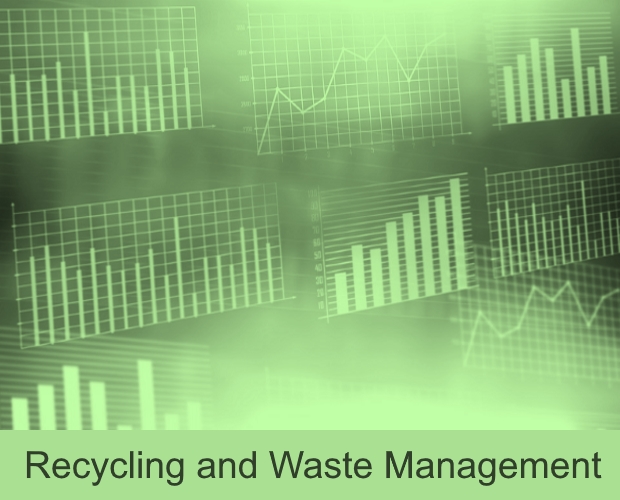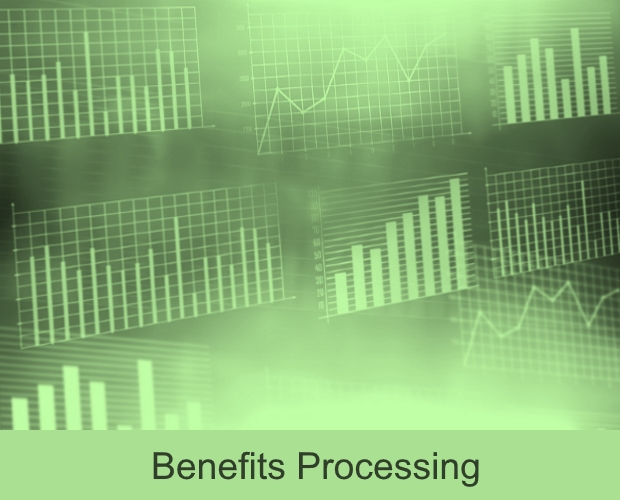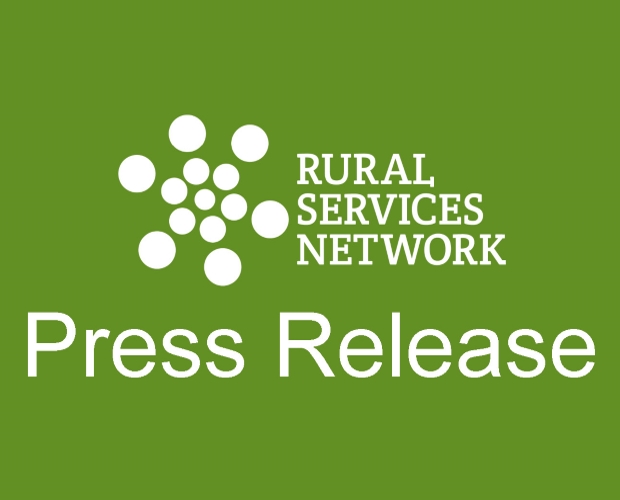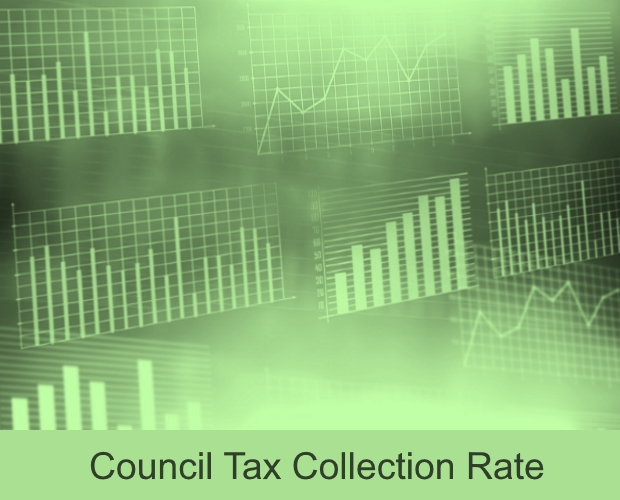T: 01822 851370 E: admin@sparse.gov.uk
How to make 'rural data' count
How can we use data to make a stronger case for rural? Jessica Sellick investigates.
Rural-relevant data and statistics are scattered across different websites, in different formats, with different indicators. Data is often collected by (or on behalf of) a given organisation for a specific purpose without thinking about its wider applicability and significance. How can we bring together these scattered pieces of anomalous evidence and use them to make a stronger case for rural? Jessica Sellick investigates.
Data, defined as facts and statistics collected together for reference or analysis, can be qualitative or quantitative; raw, experimental or processed; primary or secondary. Data can be collected by (or for) scientific research, Government, Local Authorities, businesses and voluntary and community organisations; with analyses often presented using graphs, charts or infographics.
The first major attempt at organised data collection on a national basis can be traced back to an annual summary of births, deaths and causes of deaths in England and Wales in the 19th century.
Prior to this, John Gaunt prepared ‘Bills of Mortality’. The Bills monitored deaths from the plague from the 1660s until the 1830s - and included ‘life tables’ showing population, mortality and survivorship statistics. The ‘information explosion’ between the 1940s and 1960s saw a rapid increase in the amount of published information.
‘Data science’ or ‘datalogy’ introduced as a substitute for computer science by Peter Naur in 1960 and latterly by William Cleveland as an independent discipline. In the 1990s the term ‘big data’ emerged to describe the analysis of large data sets.
Since 2000 researchers at the University of California have sought to measure how much information is produced in the world each year. With such a huge array of data out there, what rural data is available and is it measuring what matters most for rural communities?
Back in June 2015, the then Environment Secretary Liz Truss announced virtually all the data Defra holds would be made freely available to the public: “Defra is the most data-rich department in Whitehall, though much of it—millions and millions of files—is hidden away.
It is worth billions of pounds to British people, businesses and our rural economy…It’s time to realise that value and tap into the aspiration at the heart of our rural communities to drive up productivity.”
So far, Defra and its agencies have released more than 13,000 datasets which are available on the www.data.gov.uk platform, with the Department’s digital blog setting out how it is making this happen and next steps.
RSN members will be familiar with the Rural Urban Classification, an official statistic used to distinguish rural and urban areas. The Classification defines areas as rural if they are outside settlements with more than 10,000 resident population.
The University of Sheffield carried out further analysis to identify hub towns, ‘settlements of between 10,000 and 30,000 resident population that have an enduring though not unchanging role as a service hub of some sort for their rural hinterland’.
A previous set of rural words considered the history of the classification and how many people live in rural areas. The Classification is used by Defra to produce data on rural living, rural economy and rural services.
The Classification is also used across Government, from education statistics, to innovation and health. The RSN has an Observatory providing a statistical view of rural life.
In May 2016, the Government published its third National Action Plan (2016-2018) which aims to ‘open up better quality data to strengthen accountability, drive reform and spur innovation’.
While providing access, use and reuse of data is intended to get citizens more engaged in decision-making, following the Science and Technology Select Committee inquiry into big data, Government announced in August 2016 that it intends to develop an "ethical framework for government data science… details of which will be published in the next few months… and a Council of Data Science Ethics.”
The Department for Communities and Local Government (DCLG) has also published a consultation on proposals to update the Local Government Transparency Code.
The consultation document sets out how Government would like to change the way that Local Authorities record details of their land and property assets, and publish information about their procurement, contracts and delivery of some services: “The government believes not only that transparency is the foundation of local accountability, the key that gives people the tools they need to hold their councils to account, but also that the availability and format of certain data can provide new opportunities for analysis of public spending and the management of public assets” (page 7).
Many Local Authorities already publish data on their websites and/or through the Local Government Association’s Open Data Portal. Back in October 2013, Localis and Civica distributed a report probing the views of Council leaders from across the UK on how technology was being used to design and deliver services.
Local Authority leaders suggested data could be used to understand resident needs and better pinpoint resources in ways similar to the methods used by companies like Amazon who tailor their response according to customer data. The report highlighted challenges around what can and cannot be shared and a lack of understanding about data transparency.
Nesta’s Local Datavores research programme is considering where, how and to what extent better data can be used to help Local Authorities achieve their strategic objectives. The discussion paper, circulated in July 2016, demonstrates how the collection and use of data (big and small) is changing
Local Authorities sit in the middle of a web of information – where data is sometimes garbled, hard to analyse, or personal and sensitive but potentially hugely beneficial in helping them to allocate resources where they will have the biggest impact.
The report sets out seven things Local Authorities can do to get more from their data: from creating a data orientated culture by senior Officers and Members asking for data and analysis as part of decision-making process; to investing in skills so Officers are able to analyse and integrate data; and providing hard and soft infrastructure (e.g. broadband, data storage, software).
The Office for National Statistics Neighbourhood Statistics page provides a facility to search for data at Local Authority, Middle Layer Super Output Area, Lower Super Output Area and Ward level [NB: the site is being updated] and NOMIS provides area profiles showing data on population, employment, unemployment, qualifications, earnings, benefit claimants and businesses.
Taken as a collective, at national and local levels the role of data is changing – with more information being made publicly available (in an open and online format but not necessarily in a standardised format); and the use of data changing from demonstrating how centrally determined targets have been met to something that has the applicability to offer real world insights. While there’s no shortage of data out there, what does it mean for rural? I offer four points.
Firstly, is useful and applicable rural data available? Are we interpreting and interrogating data through a rural lens? Back in 2011 the Scottish Government, Local Authorities and Community Planning Partnerships published a position statement to improve the identification of poverty, income inequality and deprivation in rural Scotland.
Under the heading ‘our rural numbers are not enough’, the statement called for an exploration of differences within rural Scotland rather than risk oversimplification by only providing rural data for Scotland as a whole; the inadequacy of sample size or sampling approaches which means a representative Scottish rural sample is not always attainable, a wider issue around using data as a proxy for rural need and the under-utilisation of what we already have.
In England, a ‘rural’ keyword search on the Data.Gov.UK platform generates 6,301 results. For me, using data means considering the purpose of its collection, who it is for, how and when the information was collected, who the target population/beneficiaries are and what if any rural classification/definition has been or could be applied.
This highlights issues around (a) the importance of Government, Local Authorities, charities, businesses and voluntary and community groups having robust systems and processes in place to gather and record data (ensuring its quality); (b) issues around confidentiality and sensitivity (e.g. data security, sharing information); (c) having the skills to interpret and analyse the information; and (d) thinking about what and how the data will be used.
Secondly, it is worth recognising that data will only take you so far. I read a book with the rather unfortunate title ‘useless arithmetic’ which looks at the use of mathematical models by policy and decision makers.
From fisheries management to nuclear waste disposal, and from beach erosion to climate change, scientists recognise how quantitative models represent the best we can do at the current time and are an evolving working consensus – whereas policy and decision makers want to use the information to predict an outcome decades to thousands of years in the future.
Indeed, in the UK, Local Authorities and other bodies are often asked to specify geography and compile a statistical profile for it based upon administrative boundaries or population size rather than rurality. Data may suggest that rural and urban areas are very similar (sectorally) yet do not take account of rural context or how a cluster of rural places work together.
Thirdly, whether you’re an enthusiast of numbers or not, data (however perfect or imperfect) and what we do with it matters. People sit on lots of data without ever knowing how to use it or just without using it; yet data can be presented in support of a funding application or investment plan for a rural place or to change the way local services are delivered there.
For me, disseminating data analysis and understanding technical data needs to be overcome if communities, funders, and policy and decision-makers are to use them. In a rural context, data needs to be viewed as something that can provide pertinent and timely information about rural communities and places.
Finally, to the United States where 72% of the land area belongs to rural counties and in 2014 46.2 million people (approximately 15% of the total population) lived in these areas. The Rural Health Information Hub has an ‘Am I Rural?’ tool; the United States Department of Agriculture (USDA) publishes an Atlas of Rural and Small Town America presenting data covering demography, jobs and the urban-rural continuum at county, State, region or country level.
And the Housing Assistance Council has a Rural Data Portal which contains information on economy and housing. These sites and the data they provide are accessible to users – helping residents look at data about their rural place or county and how this compares to other rural and urban areas.
The OECD Rural Policy Review found England had adopted ‘evidence based policy making’ where quantitative data was favoured but not readily available at a local level for rural communities to use. How can we improve rural data collection and its use to encourage “thinking rurally” among policy and decision-makers? And how can we support rural communities to find, interpret and use data?
Many thanks to everyone who has been in touch and commented on my rural words covering philanthropy and unemployment.
Particular thanks to Sue Place at the Balsam Centre for emphasising how local philanthropists understand the needs of rural communities and play an ‘enabling role’ in helping local groups to access funding and resources – and how the role of local philanthropists is becoming increasingly important amid ongoing cuts in the public sector.
Thank you to Sam Windett at the Employment Related Services Association (ERSA) for highlighting the role of organisations involved in the delivery of employment services, what support is currently available for those furthest away from the jobs market and emerging thinking around employability provision post-April 2017. And to Helen Chadwick for underlining how not being able to drive/access a car in a rural area is a huge barrier to work as well as people needing jobs with flexible working conditions.
Jessica is a researcher/project manager at Rose Regeneration; an economic development business working with communities, Government and business to help them achieve their full potential. She likes numbers and has used data to provide evidence bases for Local Authorities, Local Enterprise Partnerships and governing bodies of designated landscapes. Jessica recently prepared two Community Led Local Development applications and completed a European project on the social value of volunteering into employment.
Jessica's public services work includes research for Defra on alternative service delivery and local level rural proofing. She can be contacted by email jessica.sellick@roseregeneration.co.uk or telephone 01522 521211. Website: http://www.roseregeneration.co.uk. Twitter: @RoseRegen
YOU MAY ALSO BE INTERESTED IN
SIGN UP TO OUR NEWSLETTER
Sign up to our newsletter to receive all the latest news and updates.








